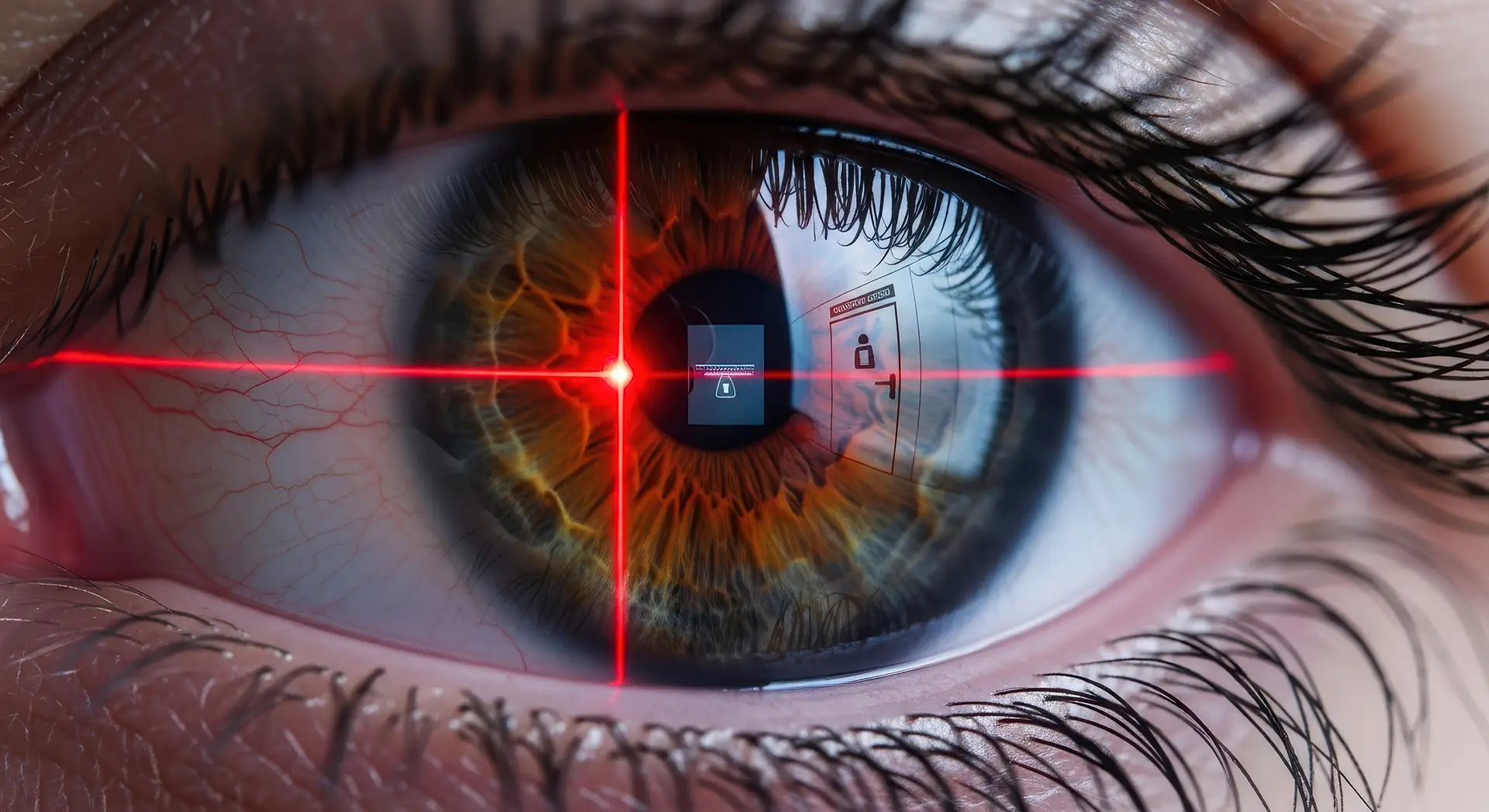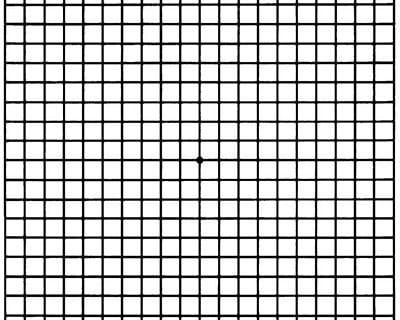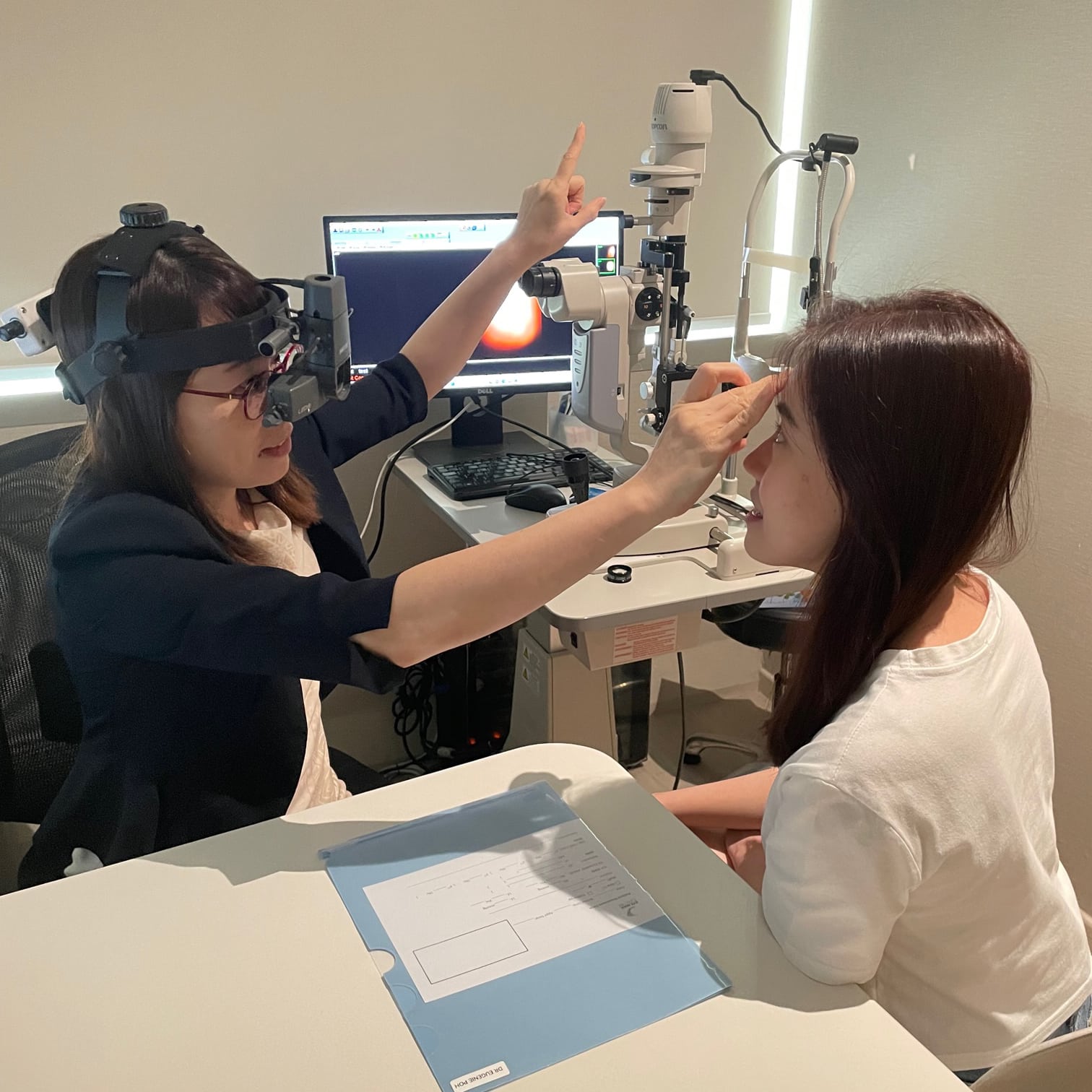Retinal Laser Treatment: Benefits and Risks
Retinal laser treatment is commonly used to treat retinal conditions including retinal tears, age-related macular degeneration and diabetic retinopathy. If left untreated, these retinal conditions can cause irreversible vision loss in the later stages.
Retinal tears are a rip or break in the retina that can occur due to various reasons, such as excessive eye rubbing and external trauma.
Age-related macular degeneration (AMD) affects the central part of the retina (macula) and can cause central vision loss. There are 2 types of AMD – dry (non-exudative) and wet (exudative). Wet AMD is the less common but more severe form of AMD.
Diabetic retinopathy is an ocular complication of diabetes mellitus. Those with any type of diabetes are susceptible to this condition. The longer you have been diagnosed with diabetes, the higher your risk of having diabetic retinopathy. There are also 2 classifications of diabetic retinopathy – Non-Proliferative Diabetic Retinopathy (NPDR) and Proliferative Diabetic Retinopathy (PDR). PDR is the less prevalent but more serious stage of diabetic retinopathy.
Wet AMD and PDR are both characterised by the growth of abnormal blood vessels in the retina. These tiny blood vessels are very fragile and are prone to breaking. Leaking of these blood vessels can cause scarring in the affected area, which leads to possible vision distortion or vision loss.

Understanding retinal laser treatments
Before the start of any retinal laser treatment, anaesthetic eyedrops are instilled to numb the eyes, minimising discomfort during the procedure.
During a retinal laser treatment, a strong laser beam is directed into the eye.
- For retinal tears, the areas around the tear are burnt and scars are formed in these areas after recovery.
- For Wet AMD and PDR, the abnormal blood vessels are lasered, allowing them to shrink and be “sealed off”. In some cases, more than one session of laser treatment may be required.
After a retinal laser treatment:
- Attend follow-up appointments with your ophthalmologist
- Avoid strenuous physical activities for 2 to 3 months
Benefits of retinal laser treatment
Retinal laser treatment aims to preserve your vision.
- For retinal tears, the scars formed around the retinal tears prevent them from progressing into larger tears, or even a retinal detachment.
- For Wet AMD and PDR, the abnormal blood vessels are sealed off. This stops further bleeding and the leaking of existing vessels can be prevented. It also lowers the chances of more abnormal blood vessels forming.
Possible risks of retinal laser treatment
As with all forms of surgery, there are also potential risks associated with retinal laser treatment. If you experience any of the following symptoms, be sure to visit your ophthalmologist as soon as possible:
- Blurring of vision
- Increase in the number/size of floaters
- Flashes of light
- Curtain vision (black “veil” covering vision)
Addressing AMD
It is crucial to see your ophthalmologist for follow-up appointments to monitor your AMD condition.
At home, you can also monitor your condition monthly using an Amsler chart. A copy of it can be placed somewhere convenient and easily accessible, such as on your refrigerator.
How to test:
The lines should all appear straight and there should be no missing grids.
If you see any wavy lines, missing squares or black patches on the grid, please mark out the areas of distortion and visit the A&E or your ophthalmologist immediately.
The above symptoms could indicate that your condition has progressed to a more severe stage, also known as wet AMD, which requires urgent attention.
Some treatment options for wet AMD include intravitreal injections and retinal laser.

Managing diabetic retinopathy
There are steps to take to prevent or slow down the progression of diabetic retinopathy.
- Visit a GP regularly to ensure your diabetes is controlled.
- Take medication and monitor glucose levels diligently as scheduled.
- Exercise regularly.
- Maintain a well-balanced diet.
- Avoid smoking and excessive alcohol consumption.
- If you have been diagnosed with diabetic retinopathy, visit your ophthalmologist for follow-up appointments.
Some symptoms of PDR include an increase in floaters, blur, patchy or distorted vision.
If you experience these symptoms or realise that they have gotten more severe, it may indicate a potential worsening of your condition. Visit the A&E or your ophthalmologist immediately.
What about retinal detachment?
If a retinal detachment occurs, laser treatment may not be sufficient to treat it.
Treatments like vitrectomy, scleral buckle or pneumatic retinopexy would most likely be required for those with retinal detachment.
If you experience a sudden increase in floaters, onset of flashes and/or curtain vision (black “veil”), visit the A&E or your ophthalmologist immediately. These could indicate a retinal tear or even a retinal detachment.
Retinal laser treatment in Singapore
Retinal laser treatment is quite widely used in Singapore to treat various retinal conditions. As these retinal conditions have few warning signs or symptoms before irreversible permanent vision loss occurs, it is hence important to visit an eye specialist if you experience any signs and symptoms.
To schedule an appointment to see an eye specialist at Eye Max Centre, please contact us at +65 6684 1000 or manager@eyemax.sg.

References
https://www.singhealth.com.sg/patient-care/conditions-treatments/retinal-tear
https://www.aao.org/eye-health/diseases/amd-macular-degeneration
https://www.nuhs.edu.sg/patient-care/find-a-condition/diabetic-retinopathy
https://www.medicalnewstoday.com/articles/what-to-expect-after-laser-surgery-for-retinal-tear#recovery-expectations
